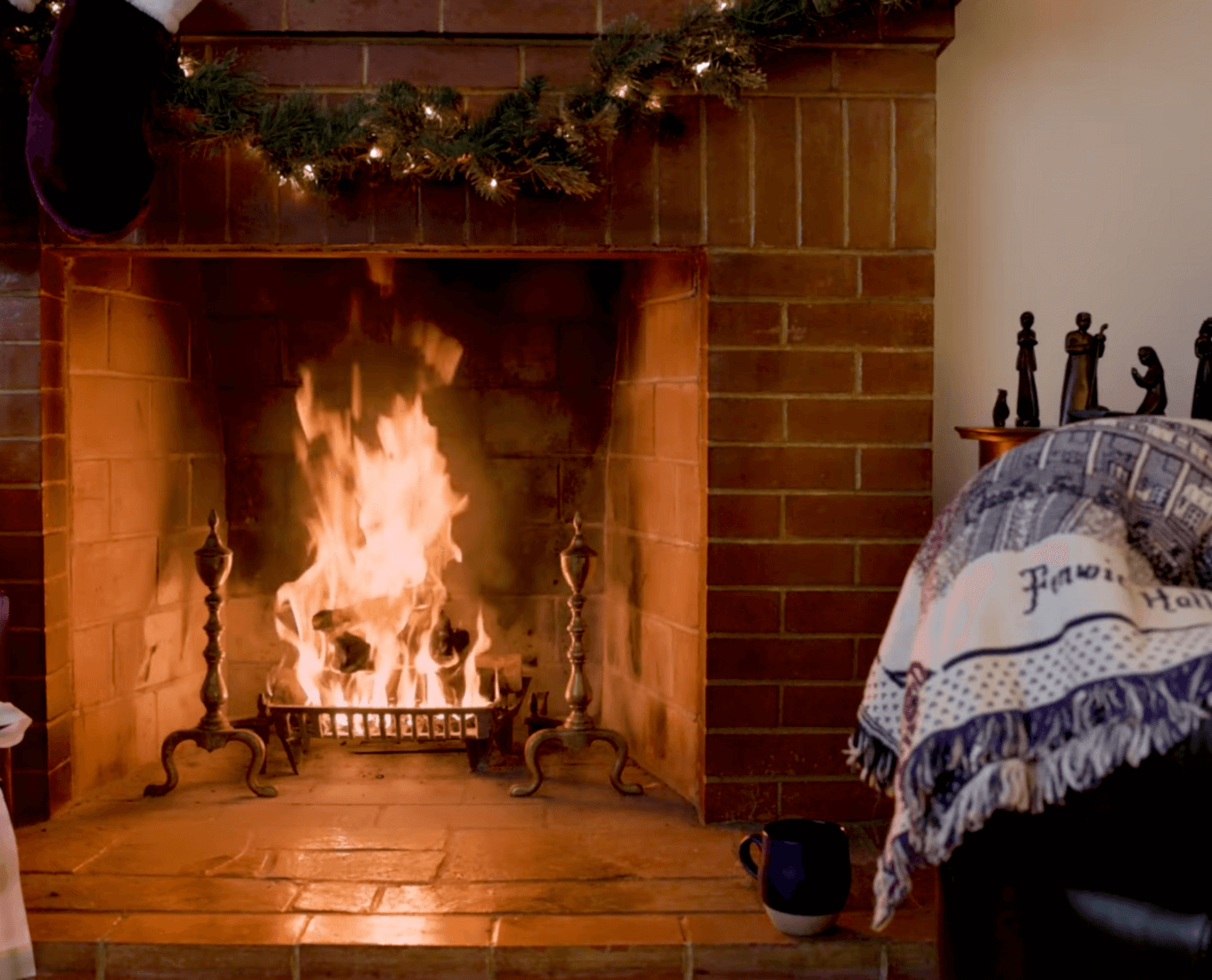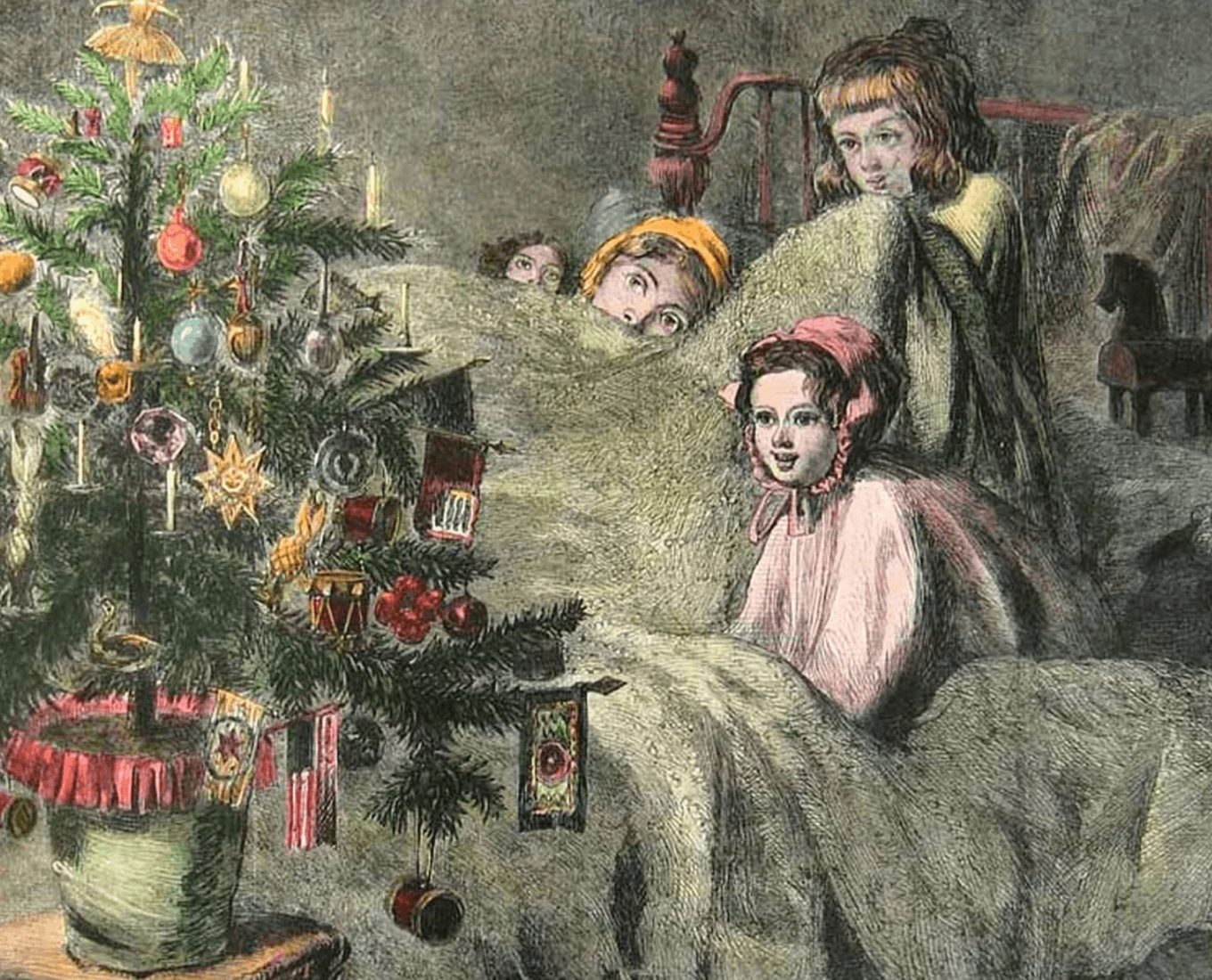"Art has a great capacity for questioning where we're at in the world and where we should be."
That's how Meredith Fluke, the new director for the Iris and B. Gerald Cantor Art Gallery sees the power art can have over someone. This questioning, she says, provides ample opportunity for conversation. And interdisciplinary discussions are exactly what Fluke is hoping to spark in her new role.
Read a bit about Fluke's experience in the field, why she chose Holy Cross and what she has in store for the Gallery — both now and in the future.
Can you tell us a bit about your background?
I got my undergraduate degree in art history at the University of Chicago, and I had a fine arts minor in painting [Editor's note: Fluke was a physics major until she found her love for art history]. After graduating, I worked in museum education for a while, both at the Brooklyn Museum, and then at The Cloisters (the Medieval branch of the Metropolitan Museum of Art). Then, I got my Ph.D. in medieval art history at Columbia University, and taught in various institutions in the New York area. After a post-doc at Columbia, I came to Wellesley College where I was the Kemper Curator of Academic Exhibitions and Affairs at the Davis Museum.
One of my mandates at the Davis was to invite faculty across disciplines to use the collection — so to work across science and the humanities. In this, I worked with faculty from astronomy, biology, history, sociology, etc., in addition to the artists and art historians. It was essential to expand engagement by increasing class visits, but also through long-term curatorial and research projects.
What drew you to Holy Cross?
I was really impressed when I came to campus by the strong sense of mission that drove faculty, students, and staff — and everyone I met — and was particularly intrigued by the community-based work that people are doing here. I was really drawn to the idea of creating a program of rotating exhibitions, and to the work of integrating that program into this academic community — both in terms of the curriculum, but also the broader intellectual community.
I am excited by this particular moment, in terms of the move into the new performing arts center, and the momentum that gives to the arts on campus. I am already thinking about how we can leverage the new building to do innovative programming and to have new ways of interacting with, say, the performing arts around the community.
How do you see both students and faculty interacting with the Cantor Art Gallery?
I am looking forward to continuing the diverse curatorial programming that the gallery has been presenting for decades now. I'd like to increase visitorship through courses, and to know that all Holy Cross students are visiting the gallery in various contexts throughout their time here. Lots of [professors] use visuals in the classroom, in all sorts of ways, I would like to see these same professors use the gallery — where they can actually interact with real works of art. It is a unique opportunity that enhances the idea of human creation as being important to all of us and how we function in the world.
I'd like to create more opportunities for students to work at the gallery, and to even propose initiatives for projects. I'd also love to see more community groups visiting the gallery and using it as a happy and consistent touchpoint for learning about art.
What is the importance of having an art gallery on a college campus?
Campus galleries provide a space where students engage in the world in a way that is often different from their academic work. It forces students to break from their daily routine and encounter something that is unfamiliar, to reflect and connect with humanity outside of their regular scope. Art provides infinite means of discovery.
Having been in the world of museums — big and small — for a while now, I am convinced that campus galleries are doing the most interesting work, both in terms of exhibitions and programming. This is not only because there is no bar to entry, but because they can develop projects with faculty that are interdisciplinary at their foundation. Though students might not recognize it, often colleges are presenting the most innovative exhibitions that are influencing the bigger museums' presentations.
What types of exhibits would you like to see in the Gallery?
I am committed to presenting a diverse slate of exhibitions — across time and place — but think that it is essential to present work that addresses ideas around social activism. There are a lot of great artists who are doing that kind of work. I'd like to think about exhibitions that might mirror some of the concerns that students have about the present and the future, and to expand their thinking in different, and hopefully surprising, directions.
College students should always be highly engaged with the world that they're in, and the world around them, and should be thinking about, as they move through it, how they're going to make it a better place. And I often feel that there's no better place in some way to have those conversations than around a work of art.
New Iris and B. Gerald Cantor Art Gallery Director Has Big Ideas
Meredith Fluke hopes to see students, faculty and staff hold interdisciplinary discussions over the Gallery's artwork
Read Time
4 Minutes


